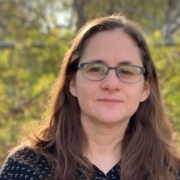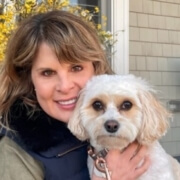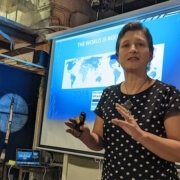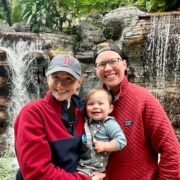An Expert in Aging Takes on Netflix’s Live to 100: Secrets of the Blue Zones
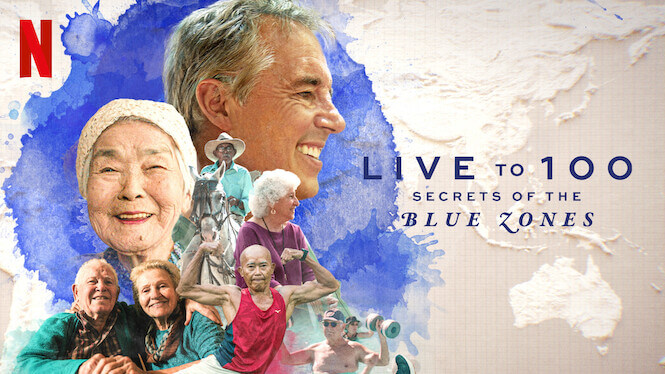
I am not a movie reviewer. So why am I commenting on this buzzed-about Netflix show about people who muscle past 100?
Because as a licensed social worker with a bachelor’s degree in gerontology, I’m captivated by everything aging-related: movies, articles, TV shows, and books. I have an undeniable weakness for viral videos of golden agers living their best life, celebrating special moments, and showcasing impressive Jitterbug dance moves. However, seeing older adults portrayed as stereotypes is one of my biggest pet peeves. We need more accurate and inspiring representations in the media.
That’s why I was drawn to the new Netflix series Live to 100: Secrets of the Blue Zones. Watching it put a big smile on my face and gave me hope for the future. At least most of the time, as you will discover.
What’s the show about?
The four-part documentary series chronicles the work of longevity researcher Dan Buettner, author of The Blue Zones Secrets for Living Longer: Lessons From the Healthiest Places on Earth. He has spent his career researching Blue Zones, communities with high concentrations of those living to 100 or more, and identifying trends to help us understand the keys to longevity – physical and emotional.
The series explores the Blue Zones in Okinawa, Japan; Ikaria, Greece; Sardinia, Italy; Nicoya, Costa Rica; and Loma Linda, California. I did not validate his research, but he presents four major themes that contribute to healthy aging, which resonate based on the literature and my work with older adults:
1. Having a positive outlook on life
2. Moving naturally
3. Eating wisely
4. Connecting with others
The importance of purpose, community, and wellness
The centenarians in Okinawa, Japan, are marked by a positive outlook on life by maintaining purpose well into their later years. This behavior reflects flow and continuity. Interestingly, they don’t have the concept of retirement and, therefore, continue contributing to their society in some way as they get older. Purpose inspires them to connect with others and plays an essential part of their daily life. The series also introduces us in the West to some cultural practices and behaviors we were probably unaware of, including the concept of a moais. This community group provides its members financial and social support, often for decades.
Also important to the Okinawans is the way they literally move through life. They don’t use chairs, so they stand up and sit down on the floor throughout the day, which helps them maintain core strength and balance. Many older adults in this region continue to grow their own food and maintain a garden. They “eat wisely” by being mindful and have a saying, hara hachi bu, which reminds them to stop eating when they’re 80% full. Their diets are primarily plant-based and nutrient-dense; purple sweet potatoes are a staple in the Okinawa diet.
Would the Blue Zones be this “blue” if technology grabbed hold of them?
Throughout the series, I was struck and inspired by the vitality, happiness, and sharpness of those portrayed in the show. However, the cautionary words at the end of the third episode (“The End of the Blue Zones?”) were disheartening, although unsurprising. We all know that our society’s modernization is making it more challenging to engage in healthy practices naturally. Inactivity and longevity are enemies, and many everyday tasks, from housekeeping to commuting to work, are being replaced by technology.
Processed foods are also a threat, as the new book Ultra-processed People has made categorically and calorically clear. The industrial food system, which is inevitably invading the Blue Zones, makes eating healthy vastly more challenging when processed foods are cheaper and much more readily available than unprocessed ones.
Buettner has a don’t-blame-the-victim point of view. He believes that people who engage in unhealthy habits aren’t to blame. It is their environment and the manipulative forces they are subject to, over which they often have little control.
The Blue Zones Vitality Project
The documentary makes clear that healthy living requires a cooperative environment in more than one way. In fact, in many ways. If healthy living is easy, everyone benefits–individuals, their families, and society. Tragically, for the most part, the environment is foe, not friend, and positive individual choices require too much effort.
Buettner reached an insightful conclusion, a bitter reality that led to his work with AARP to create the Blue Zones Vitality Project. This effort aims to extend Blue Zones concepts to communities across the U.S. to make their environments more conducive to healthy aging. His team works with cities to make them more walkable and accessible, create more opportunities for meaningful engagement, and provide better access to healthy foods.
Albert Lea, Minnesota was the first Blue Zones Project pilot in 2009. The community’s commitment to well-being resulted in the following measurable impact:
- $8.6 million—savings in annual health care costs for employers as a result of a decline in smokers
- 34th place—in the Minnesota County Health Rankings (up from 68 out of 87 counties)
- 2.9 years—added to lifespans (projected) within one year of participating in the Blue Zones Project
Going strong, The Blue Zones Project has cracked the code for transforming health outcomes for large populations. The website features impressive results in multiple communities as well as these overall outcomes:
- Double-digit drops in obesity, smoking, and BMI (body mass index)
- Millions of dollars of savings in healthcare costs
- Measurable decreases in employee absenteeism
Policies put hope into practice
The series concludes by focusing on Singapore, a modern nation whose policies prioritize successful aging and longevity. These can be controversial. For example, they intentionally make cars more expensive for individuals to own and use that revenue to invest in a beautiful, walkable city with an efficient public transportation system. They also provide tax credits to caregivers who live close to their elderly loved ones, subsidize healthy foods, and tax unhealthy ones.
Seeing the creative use of policy that has become a practice in Singapore was incredibly inspiring. As a social worker specializing in gerontology, it gave me hope that if we as a country and the macro level – and as thousands of communities on the micro level – committed to prioritizing healthspan through our policies, it can change the aging trajectory. Yes, it requires a mind shift, but we’ve successfully shifted the cultural tectonic plates. Just look at how the approval of gay marriage changed. Pew notes, “The rise in support for same-sex marriage over the past decade is among the largest changes in opinion on any policy issue over this period.”
Policy change can be slow but don’t need to wait. We can start by applying the learnings from the Blue Zones in our everyday life–incorporating daily movement, having a positive outlook (whether that’s through finding purpose or finding ways to unwind), eating wisely, and investing in connections with others (whether that be family members, friends, or our partners).
Key takeaways to incorporate into your lifestyle
Buettner sums up longevity with this wheel. In other words, we must reinvent the wheel of aging. Aspects of each of the four categories must collaborate in a symbiotic way. We all want a magic pill for longevity. But the series’ most honest and important takeaway is that there is none. But – and this stuck with me, and I hope with you–”the same things that help us live a long, healthy life are the things that make life worth living.”
Here’s a summary of the 12 habits that can add years to your life: How to Live to 100, Wherever You Are in the World. That’s more than eight years for each!
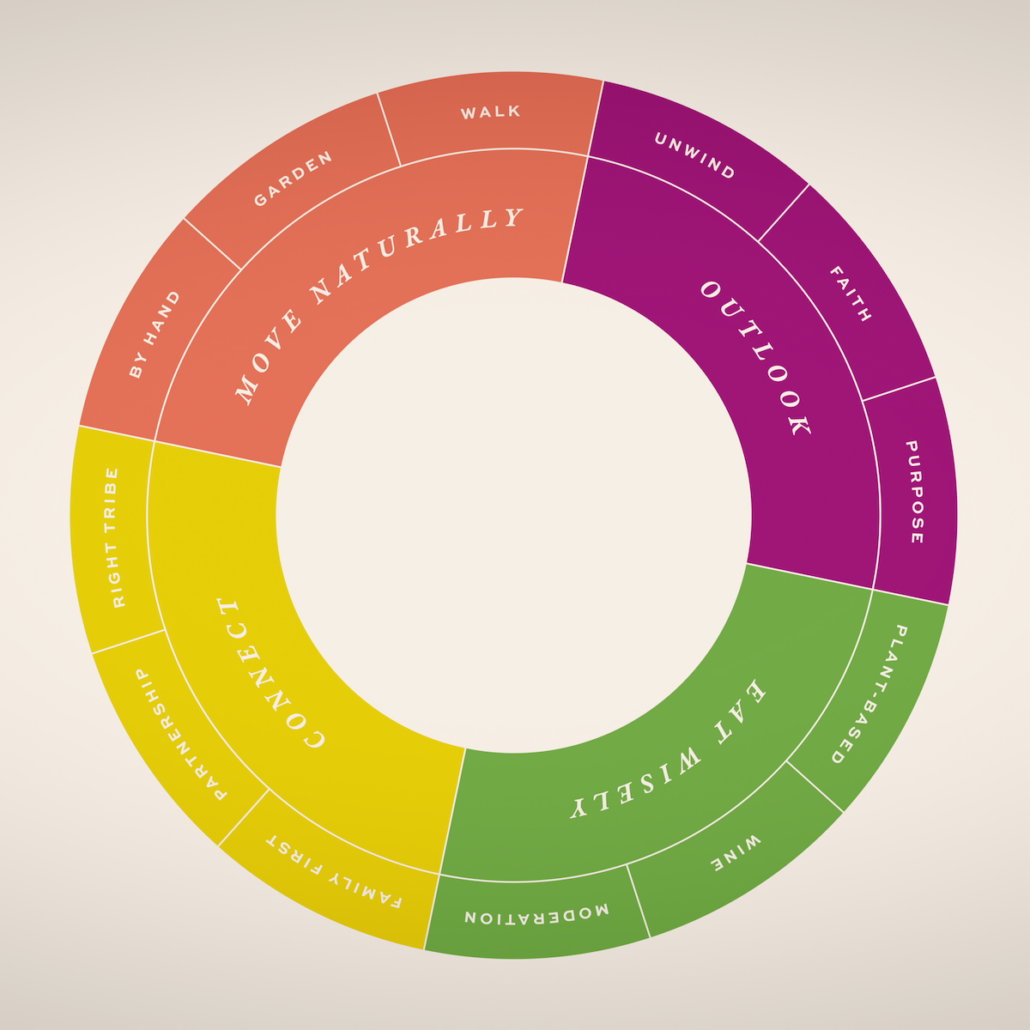
Image: Netflix, 2023

